The Perfect One-Day Itinerary To Kyoto: What To Do In 24 Hours
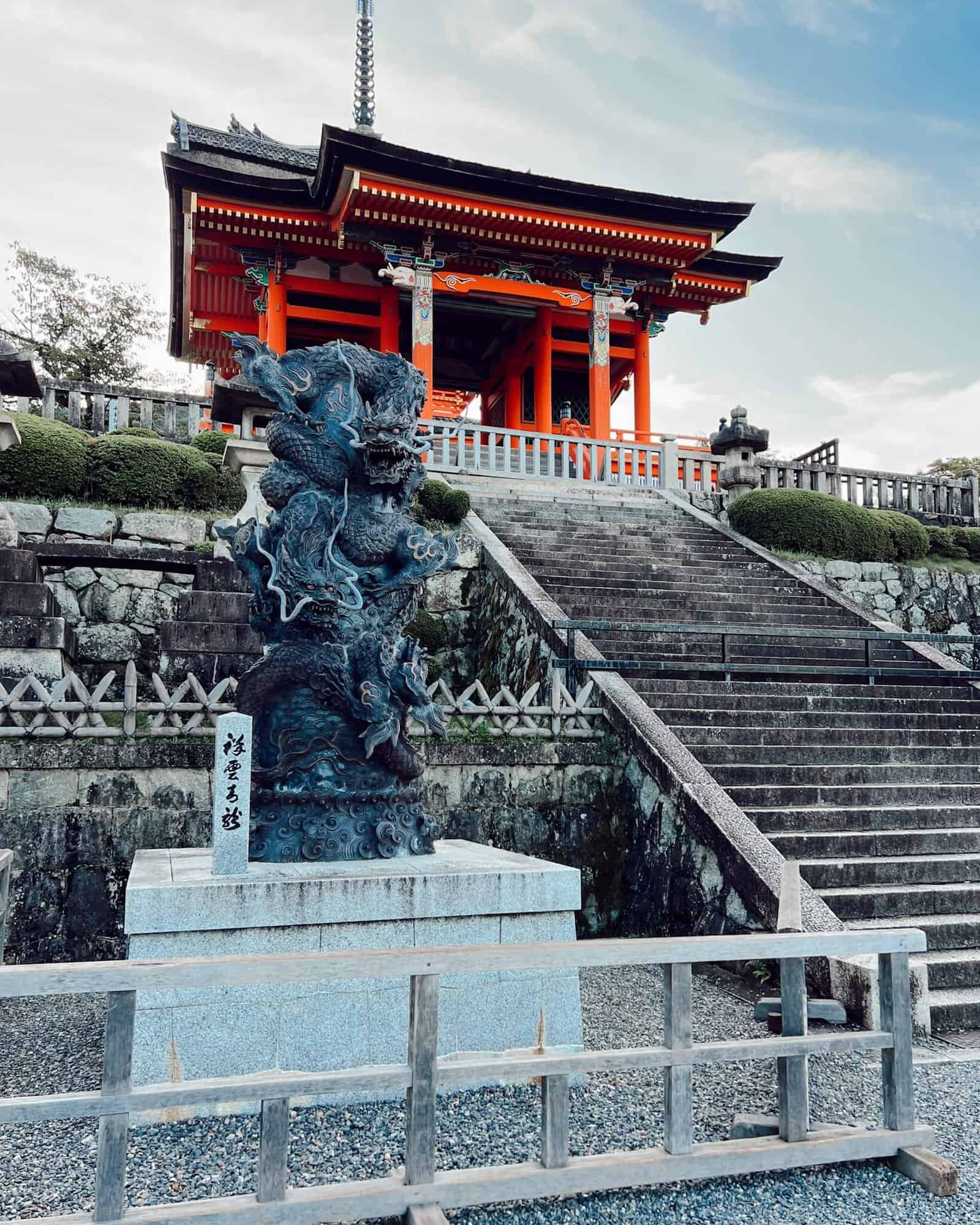
This post may contain affiliate links. That means if you click and make a purchase, I may earn a small commission at no extra cost to you. I appreciate your support!💙
Are you planning a trip to Japan, but for some reason, you only have 24 hours in Kyoto? Then this is the perfect one-day itinerary to Kyoto for you. I’ve travelled to Japan twice in the past year. Why? I fell in love with the country, the people, the culture, the values, and especially the food.
I’ve travelled to Japan solo as a woman and also with my sister, so I can share perspectives from both experiences. Kyoto is an absolute must when visiting Japan and shouldn’t be skipped.
To me, Kyoto and Tokyo are the essence of Japanese culture—two incredible cities that couldn’t be more different. Kyoto is traditional, smaller, more authentic… and yes, crowded. I have a feeling Kyoto’s popularity skyrocketed thanks to the famous red torii gates of Fushimi Inari.
That iconic shot of the endless torii path is stunning, and honestly, it was one of the images that first sparked my desire to visit Japan. I’m so grateful I made that bucket list dream into a two-week solo trip to Japan —and even after multiple visits, I still love coming back to Kyoto.
Just one day in Kyoto is a bit of a squeeze, but trust me, it’s worth it—even if it’s short. So grab a matcha latte, lace up your sneakers, and let’s make the most of 24 hours in Kyoto!
>> Don’t forget to check out my 2-day itinerary to Kyoto, which I highly recommend you do instead of 24 hours!
- ⛑️ Do NOT travel without travel insurance: Check out Safety Wing for reliable travel insurance.
- 🏨 Stay in Seikoro Ryokan or Henn Na Hotel.
- 🫖 Book a traditional tea ceremony in a tea house.
- ✈️ Book your ticket to Kyoto with Skyscanner.
- 🎰 Find the best tours and excursions to Kyoto with the flexible Get Your Guide.
- 🎫 Book your train tickets for Kyoto easy online via Klook.
- 🚲 Book a guided full-day bike tour that covers most highlights in Kyoto.
- 14 Surprising Things to Know Before Travelling To Japan: Respect The Culture Like A Pro
- The Ultimate 2-Day Highlights Itinerary To Traditional Kyoto
- Don’t Miss These Fantastic Boutique Hotels in Kyoto for A Unique Trip
- 9 Expert Reasons Why Japan is Fantastic for Solo Female Travel
- The Best 6 Top-Rated Food Tours in Osaka: Taste Japanese Cuisine
- Discover The Best Tours To Mount Fuji In Japan For An Epic View
- How To Use Public Transport In Japan: Do Not Get Lost
- The Perfect One-Day Itinerary To Kyoto
- The Ultimate 2-Week Solo Itinerary: First Time in Japan
- The Ultimate Solo Female Travel Guide To Kyoto
- The Perfect 5-day Itinerary to Tokyo: The Highlights
- 3 Days in Tokyo: see, eat and explore it all
- My Highlights 10-Day Itinerary to Japan: Tokyo, Kyoto, Osaka & Mount Fuji
One-Day Itinerary to Kyoto Overview
- 07:00 AM – 09:00 AM: Sunrise at Fushimi Inari
- 09:00 AM – 11:00 AM: Kiyomizu-dera, Hokan-ji and Sannenzaka
- 11:00 AM – 1:00 PM: Lunch in Nishiki Market
- 1:00 PM – 3:00 PM: Shopping in Kyoto
- 3:00 PM – 5:00 PM: Visit the Golden Kinkaku-ji Temple
- 5:00 PM – 7:00 PM: Geisha in Gion
- 7:00 PM – 9:00 PM: Dinner in Kyoto
How many days in Kyoto are enough?
One day in Kyoto is not enough to see all the highlights and explore Kyoto. I’d recommend spending at least two days in Kyoto. That gives you enough time to see the must-visit in the early hours and enjoy slow afternoons soaking in the atmosphere, wandering local streets, or sipping matcha without the rush.
Kyoto gets busy fast. Tour buses start rolling in mid-morning, and by 10:00 a.m., the charm starts to disappear into the crowd. Set that alarm and head out early. I was up by 5:30 most mornings, and it was worth it.

When is the best time to visit Kyoto?
Japan is especially busy during the fall when the leaves turn vibrant shades of red and orange, and again from mid-March to May when the cherry blossoms are in full bloom. I’ve personally travelled to Japan in both March and September, and each season has its charm.
Cherry blossom and fall foliage season
I visited Japan in late March 2024, hoping to catch the cherry blossom season, but unfortunately, I was a bit too early. A colder spring delayed the blooms, and only a few trees had started to flower.
If you have the flexibility, try to time your trip to Kyoto during cherry blossom season or fall. These are easily the most magical times to experience the city.
Both seasons are magical, but they’re also peak travel times, so be prepared for higher prices and bigger crowds. That said, the atmosphere and views are so special, it’s worth it.
Winter in Kyoto
I enjoyed visiting Kyoto in mid-March—maybe I was still in my winter era, but I didn’t mind the chilly weather at all. The cooler temps made sightseeing way more comfortable compared to walking around in 30°C (95°F) heat.
That said, definitely check the forecast before your trip. In my case, it was colder than I expected, and Japanese winters can be pretty harsh. Better to layer up than freeze on those temple strolls!
Summer in Kyoto
Japanese summers can be intense—hot, humid, and not ideal for long days of sightseeing. If you’re after warm, comfortable weather, I’d recommend visiting in September.
When I was there, the mornings could be crisp, but once the sun came up, it was perfectly warm. I spent my time in shorts, dresses, and sandals, even in the evenings. Towards the end of September, there was a little bit of rain, but nothing that you can’t handle.
Is 24 hours in Kyoto enough?
Let’s be real—one day in Kyoto isn’t enough to see it all (no surprise there). But hey, one day is still much better than none at all. Even with just 24 hours, you can soak up the vibe of the city and tick off a few iconic spots.
If you can swing it, try arriving the evening before so you wake up ready to explore with a full day ahead. If that’s not possible, aim to get to Kyoto as early as you can in the morning—every hour counts when you’re short on time.
How to get around in Kyoto
The best way to get around in Kyoto is by bike or on foot. Kyoto has great public transport, but it’s less extensive. Some sights still require a lot of walking from the nearest subway station.
If you rent a bike, you’re flexible and you can get quite close to all the major sights. Maybe I’m biased, but as a Dutch person, I love exploring a city by bike (when it’s safe, of course). You’ll see plenty of people on bikes in Japan.
Just pay attention to where to park your bike; there are designated areas.
Getting around by subway and on foot is what I did on both my trips to Japan. It’s easy and convenient.
Suica card
The Suica card is the transport card you need to get around in Japan. You can purchase a physical card at the airport/train station, but you can also download the transport card to your iPhone.
Go to the wallet on your iPhone, then transport card and look for Suica. You can top up the card with a credit card, and you can use your phone to scan the card at the subway gates when entering and leaving. Easy.
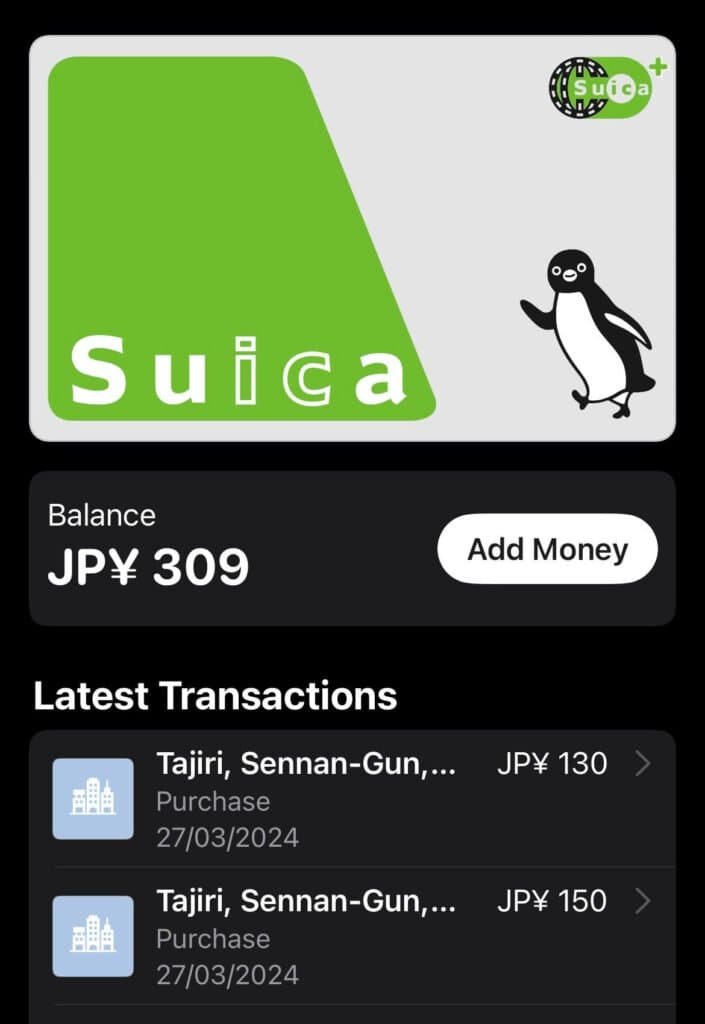
Can I visit Kyoto from Osaka?
Absolutely! Kyoto is just a quick 20-minute train ride from Osaka, making it super easy to do as a day trip. Train tickets from Osaka to Kyoto can be booked easily on Klook or at any train station. Many tour buses also come in from Osaka, usually arriving around 10 a.m., which is exactly when the crowds start to pick up.
While a day trip is doable, I’d still recommend staying overnight in Kyoto. However, you can take the first train in the morning and the last train back to Osaka.

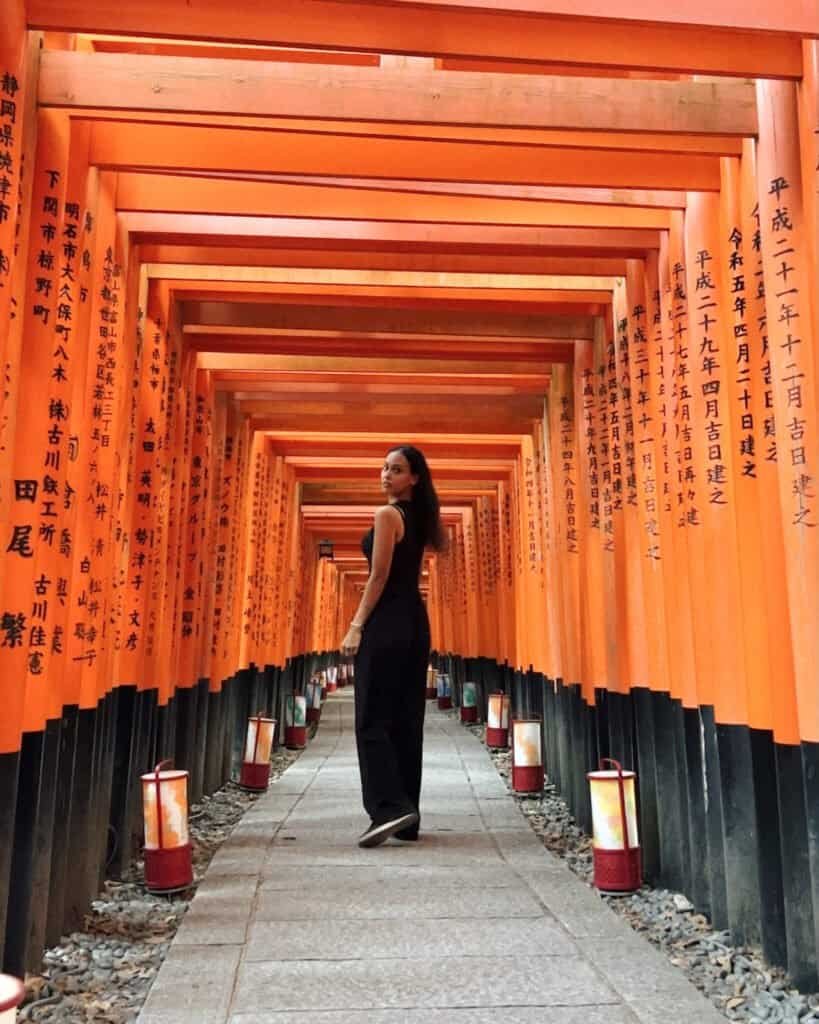
Where to stay in Kyoto on a one-day itinerary?
Kyoto isn’t as big as Tokyo, but you’ll still be covering plenty of ground, and while public transport is reliable, it’s not as far-reaching. Expect to do a fair bit of walking, so choosing the right area to stay in makes a big difference.
Ideally, book accommodation near a subway stop or close to Kyoto Station for easy access around the city. If you want to make the most of your time, staying within walking distance of both Gion and Nishiki Market is perfect. Anywhere in between those two neighbourhoods will put you right in the heart of the action.
Hotel The Celestine Kyoto
The Hotel Celestine Gion is an absolute gem—stylish, modern, and perfectly located. It’s just a 15-minute stroll to Kiyomizu-dera Temple and only 10 minutes from the Gion-Shijo subway station.
Staying here puts you right in the heart of Kyoto, with restaurants, bars, and local shops all within walking distance. The atmosphere is pure relaxation. With its calm, minimalist design and serene vibe, it’s the perfect place to unwind after a full day of sightseeing.
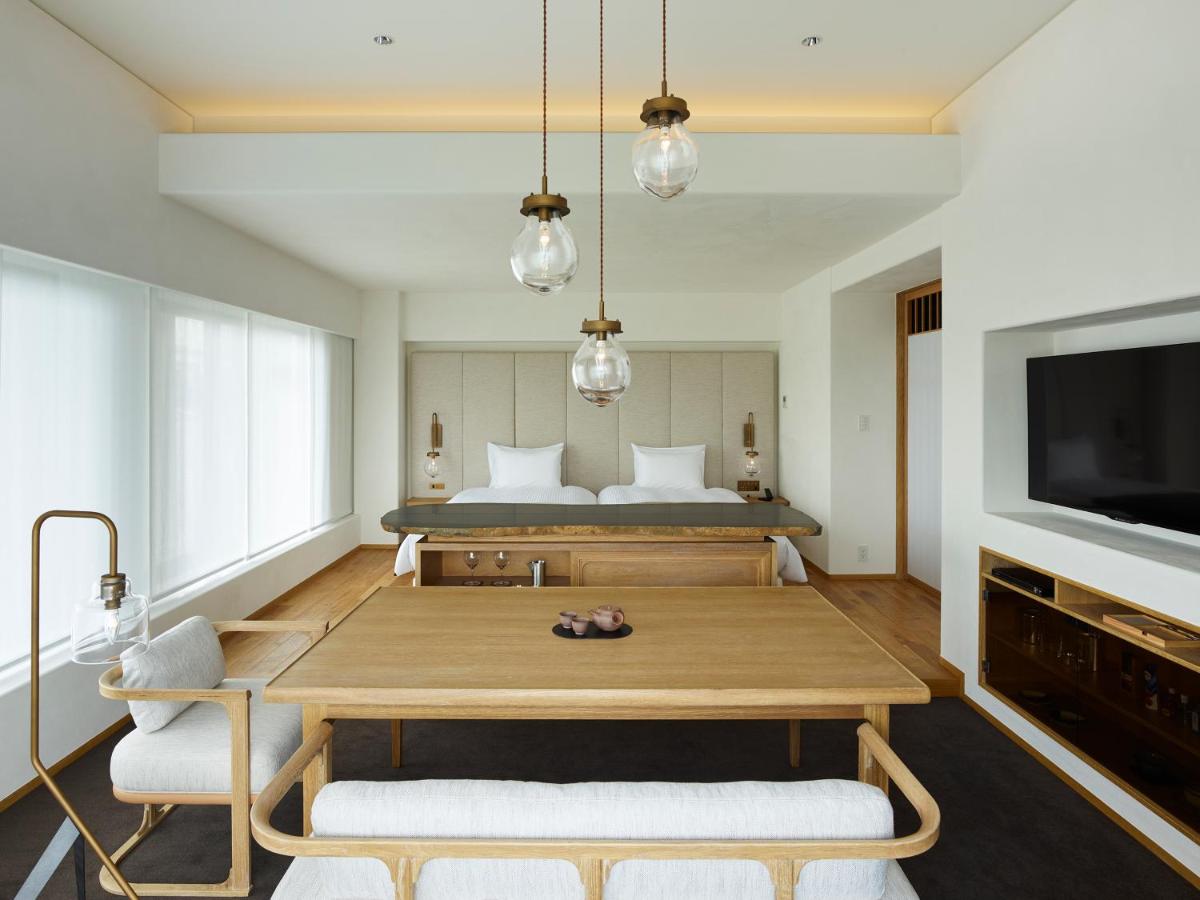
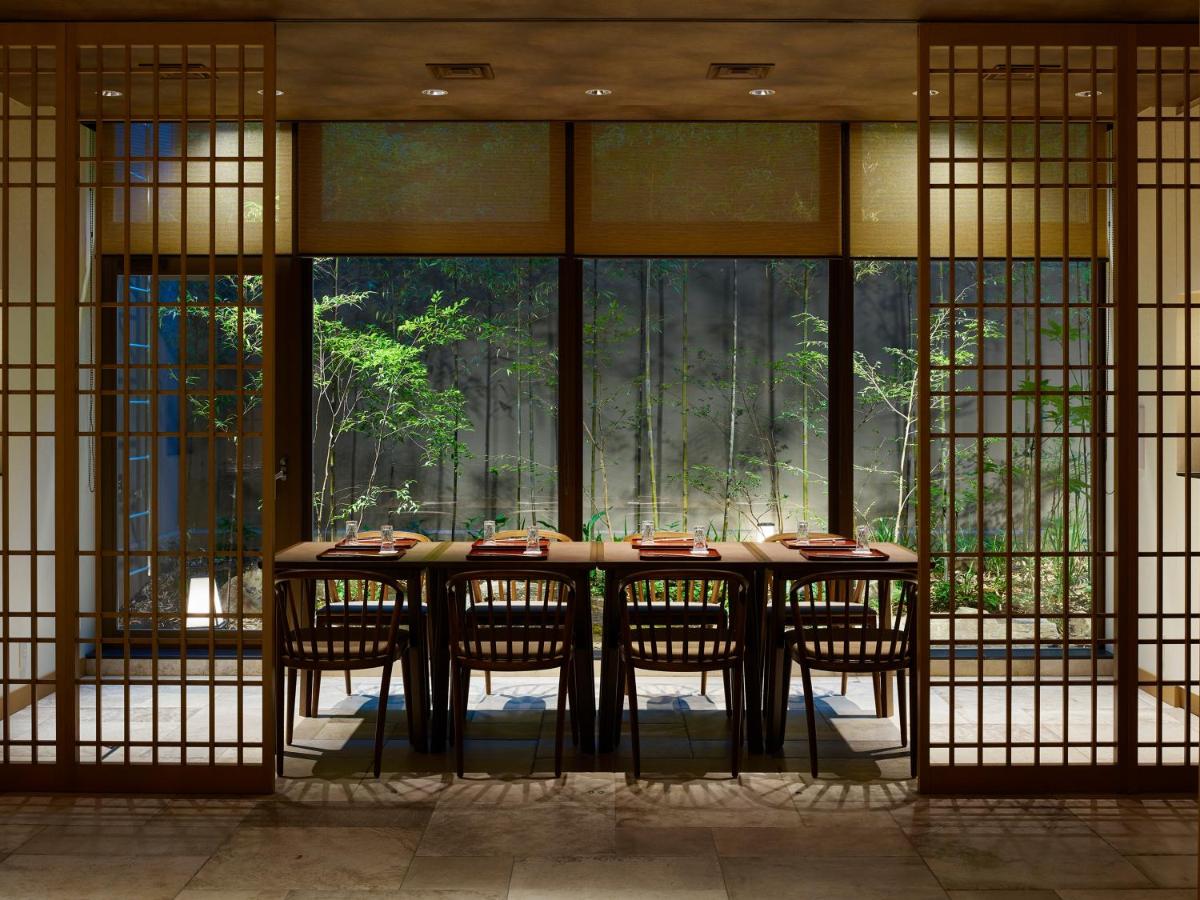
Hotel Forza Shijo
Hotel Forza Shijo is a fantastic option to consider. It’s budget-friendly without feeling basic, with comfortable rooms and all the essentials you need.
The location is spot-on—right in downtown Kyoto and just a 7-minute walk from Gion-Shijo Station, making it super easy to get around and explore the city. It’s also a solid choice for solo travellers looking for convenience, comfort, and value all in one.
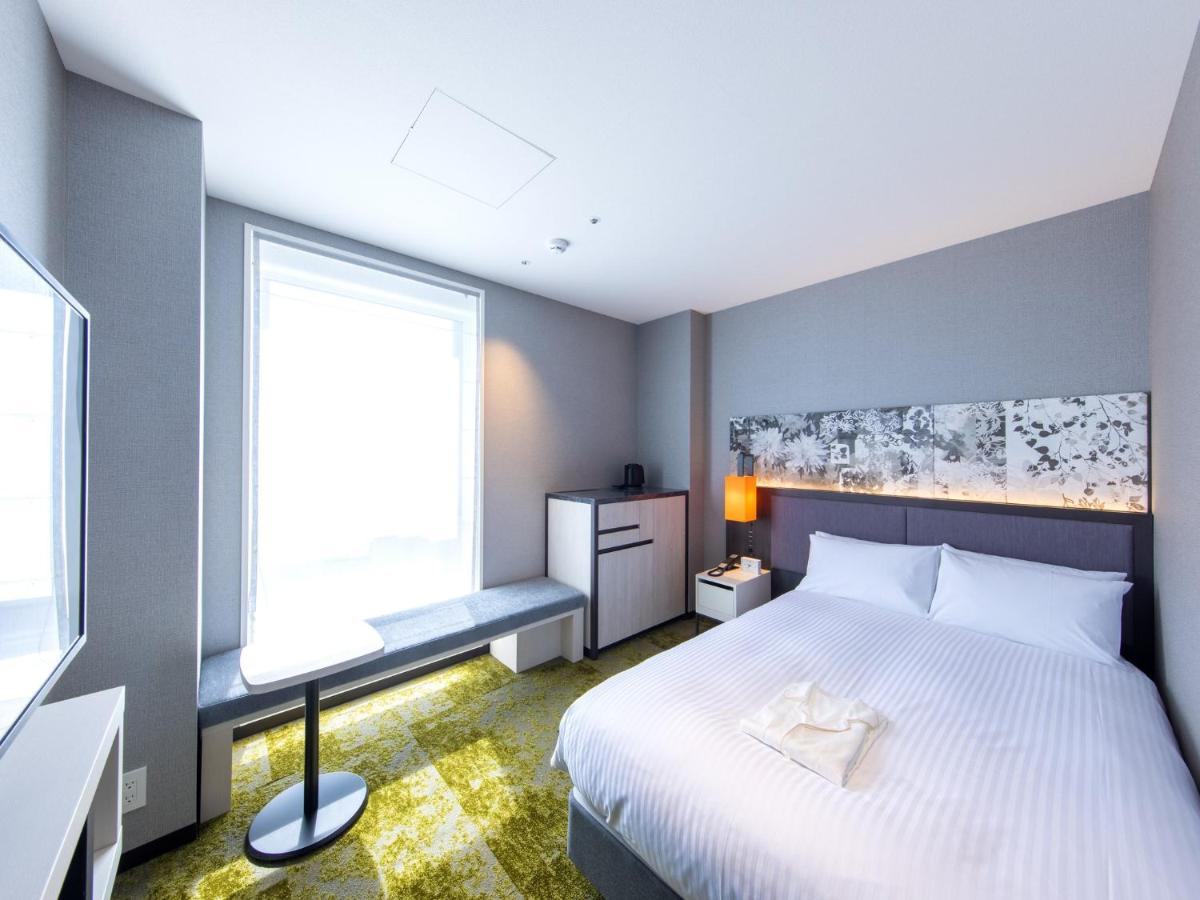
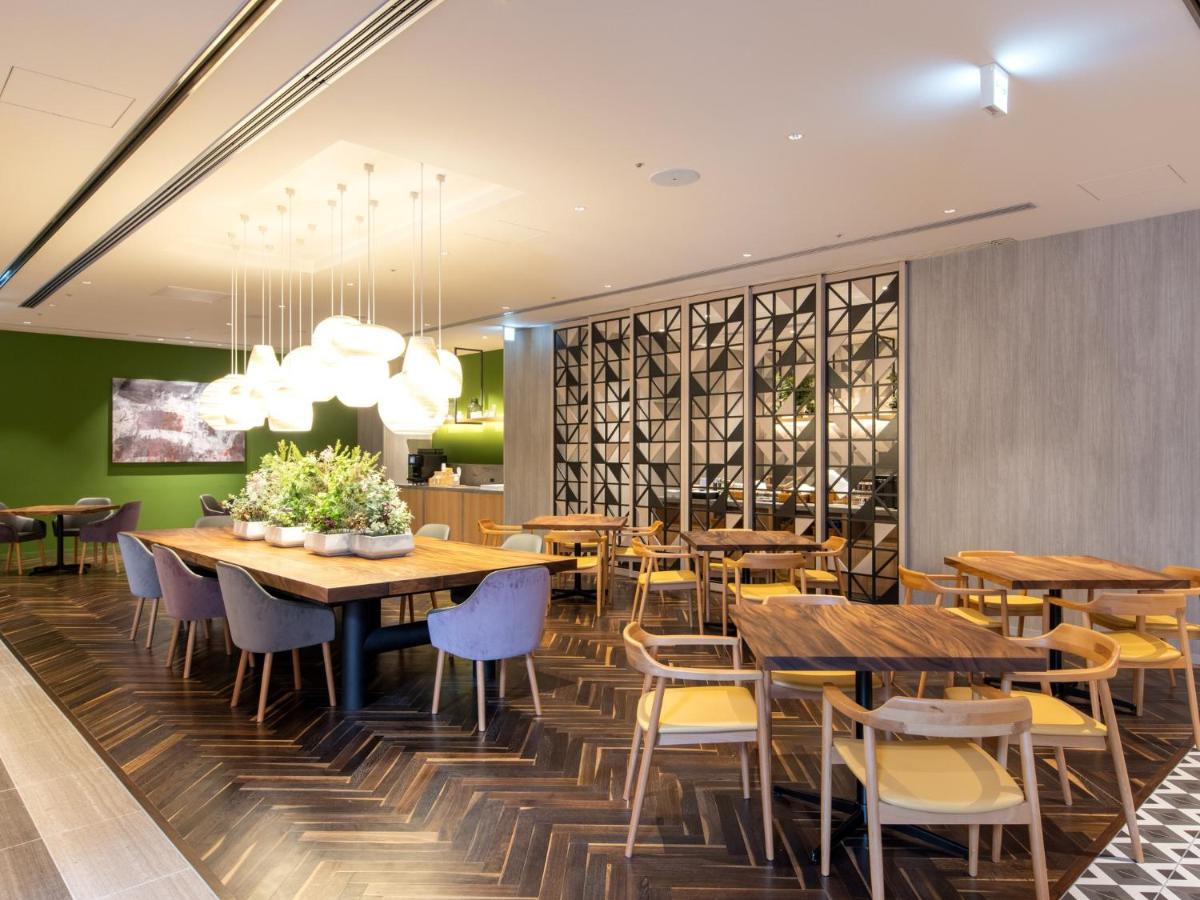
The perfect one-day itinerary to Kyoto
07:00 AM – 09:00 AM: Sunrise at Fushimi Inari
Kick off your day in Kyoto with a sunrise visit to Fushimi Inari —the iconic shrine known for its thousands of vibrant red torii gates. It’s one of the most famous sights in Japan, and in my opinion, an absolute must-see.
That said, it gets very crowded. Walking through the gates shoulder-to-shoulder with hundreds of tourists isn’t exactly the peaceful experience you’re hoping for. The best way to beat the crowds is to get there just after sunrise. You’ll join a few other early birds, but it’ll be quiet enough to wander and snap some stunning photos without anyone in the background, like I did.
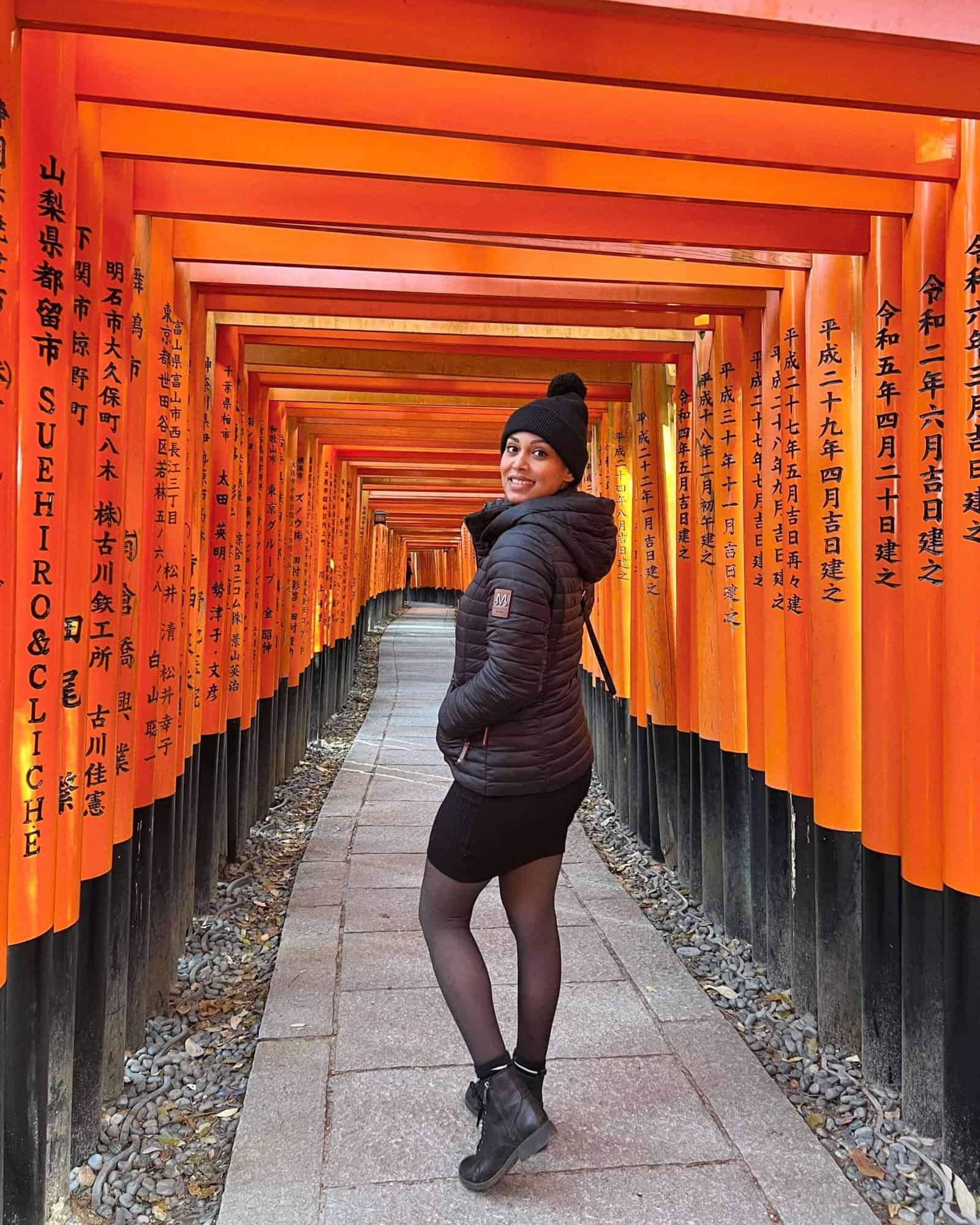
Tip: don’t spend too much time near the entrance, it only gets quieter the further you go. You can hike to the summit, but if you’re short on time and want to see more of Kyoto, I’d suggest staying around 1.5 to 2 hours before moving on.
09:00 AM – 11:00 AM: Kiyomizu-dera and Hokan-ji Temple
To save time, I grabbed an Uber from Fushimi Inari to Kiyomizu-dera Temple. You can take public transport, but keep in mind that Kiyomizu-dera is still about a 15-minute walk from the nearest station.
Ubers in Kyoto are affordable and super convenient. It cut my travel time in half and dropped me off much closer to the temple entrance. It was a no-brainer to me.
By the time you arrive, tour buses will likely have started rolling in, so expect it to be busy. Luckily, Kiyomizu-dera is quite spacious, so even with the crowds, it doesn’t feel as packed as Fushimi Inari.
Take your time exploring the temple grounds, then make your way down to Sannenzaka, where you’ll find the charming streets and the iconic Hokan-ji Temple with its five-story pagoda. The whole area is a joy to wander, and every corner looks like a postcard. Even if it’s crowded, I hope the experience still feels magical.
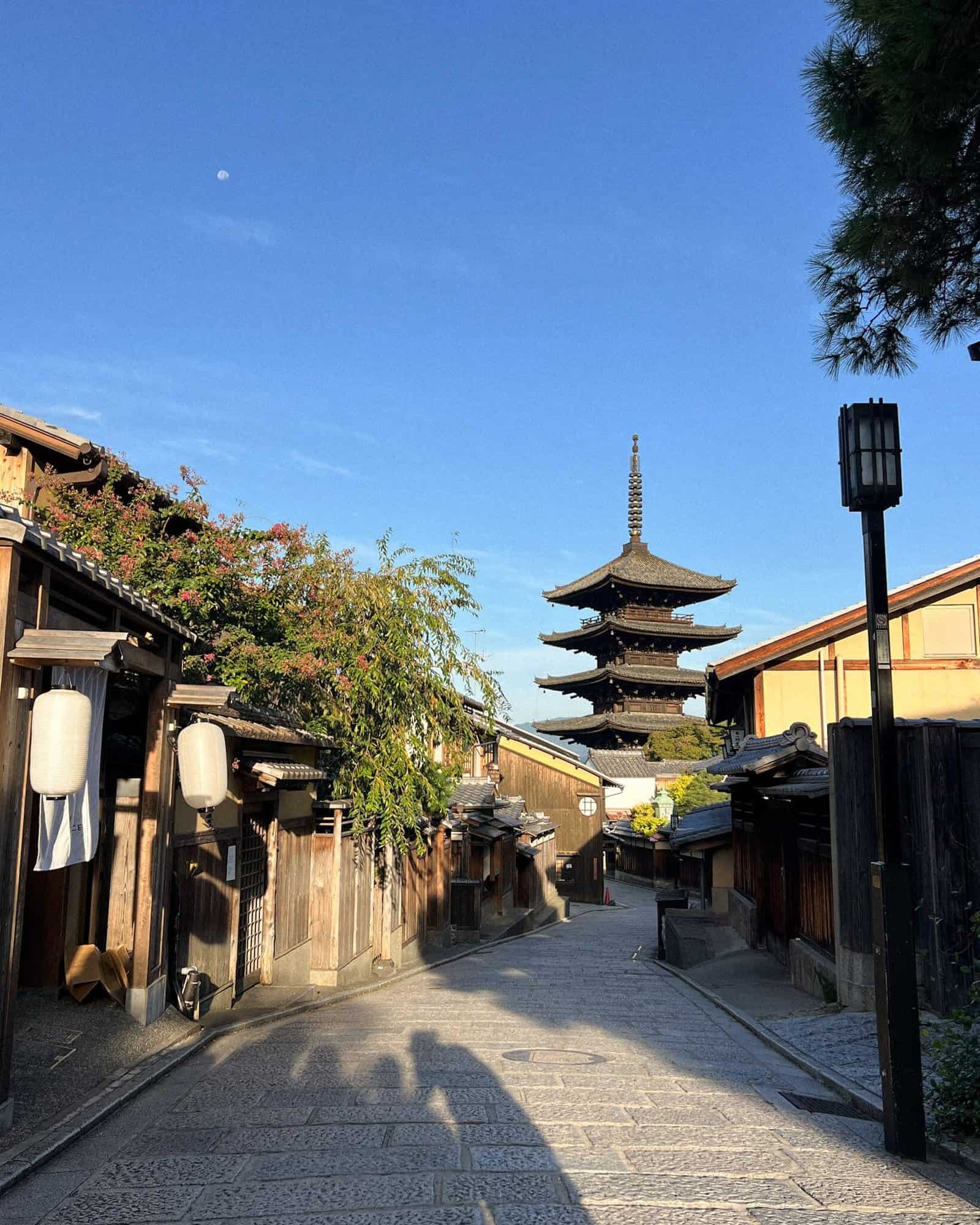
11:00 AM – 1:00 PM: Lunch at Nishiki Market
It’s been a busy morning, so by now it’s time for lunch. Let’s head over to Nishiki Market, which opens around 11 AM. Nishiki Market is a market hall where you can find all kinds of Japanese food.
Think street food, but a little better. You can try anything from sushi to gyoza to wagyu skewers. I loved the Wagyu and Kobe beef skewers. Especially if you want to try a small piece, this is your chance.
I also got roasted chestnuts, which were soft and nutty. Delicious! Just like everything else, Nishiki Market will get crowded, especially around 1 PM. Expect queues at sit-down restaurants.
Don’t forget to check out my favourite dessert place in Nishiki Market, 2D Tearoom BAW, which has amazing waffles and coffee.

1:00 PM – 3:00 PM: Shopping in Kawaramachi
After lunch, it’s shopping time. The area around Nishiki Market, like Shinkyokogu and Kawaramachi, has a lot of little shops and stores. If you’re on the hunt for cute souvenirs, it’s a great area to walk around.
If you love animals, specifically mini piglets, there is a MiPig cafe where you can play with the little monsters. I saw this place when walking around, and since I’ve never seen them close up, I thought it would be a fun 15 minutes.
3:00 PM – 5:00 PM: Visit Golden Kinkakuji Temple
When you’ve finished shopping, head over to Kinkakuji Temple. This temple is famous for its golden roof. Looking at all the other sights in Kyoto, I feel that this golden temple is a unique visit in Kyoto.
From Kawaramachi, it’s about a 30-minute subway ride, but the connection is great. There’s not a lot of walking besides in the temple area.
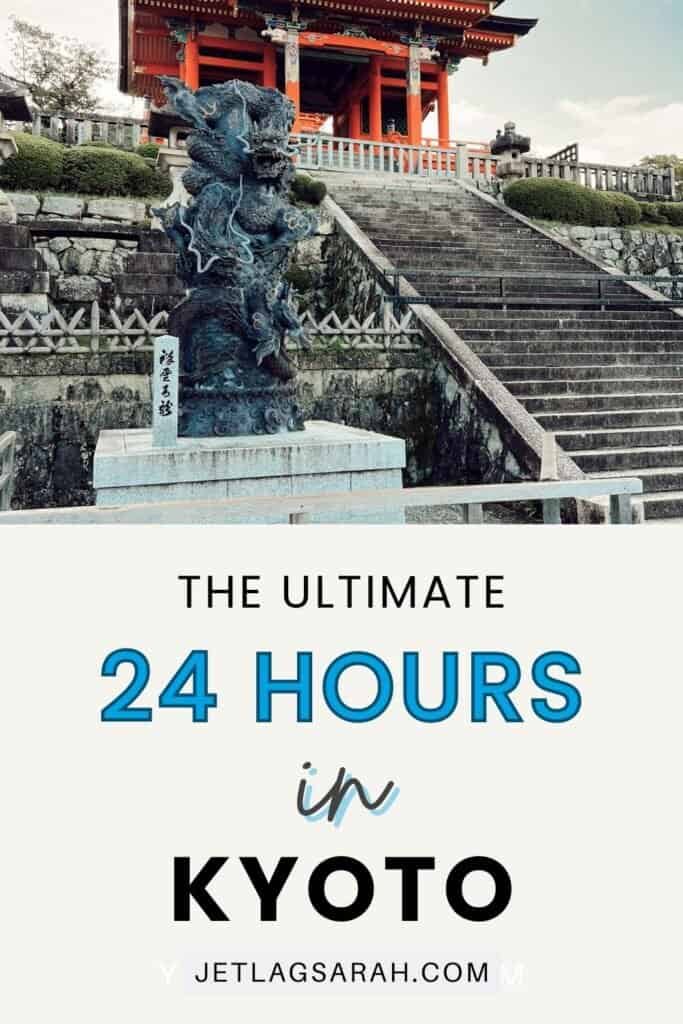
5:00 PM – 7:00 PM: Geisha in Gion
The late afternoon and the beginning of the evening are the perfect time to walk around the streets of Gion. I feel the area has a little more magic when the street lights are turned on.
There are a few shops around, but since we already did our shopping in the afternoon, it’s nice to just walk around Gion. Don’t walk into the private streets and if you’re spotting a geisha. Be respectful. I’ve seen videos of rude tourists harassing geishas; it’s awful.
Don’t forget to check out the Yasui Kompiragū Shrine; this statue is said to remove bad luck by writing down a prayer (if I remember correctly, you pay a small amount for the prayer paper). You then crawl through the statue and place your prayer on the statue. And yes, this is me crawling through the little hole 😅

7:00 PM – 9:00 PM: dinner in Kyoto
After Gion, it’s time for dinner. It’s been a busy day, but this one-day itinerary to Kyoto checked the most beautiful highlights. Coming from Gion, there are many options for dinner. I’ve listed down my favourite places so you can choose what you’re in the mood for.
Engine ramen Kyoto
Kyoto Engine Ramen claims to be the first ramen spot in Kyoto (maybe even in Japan!) to offer gluten-free ramen. They also serve vegan ramen, which is pretty rare to find in Japan.
Their ramen is so good. Nothing hits the spot quite like a steaming, spicy bowl after a long day of exploring. Like many popular spots in Kyoto, there was a bit of a wait—we queued for about 30 minutes—but the process was smooth and well-organised. We ended up sitting upstairs at the bar.
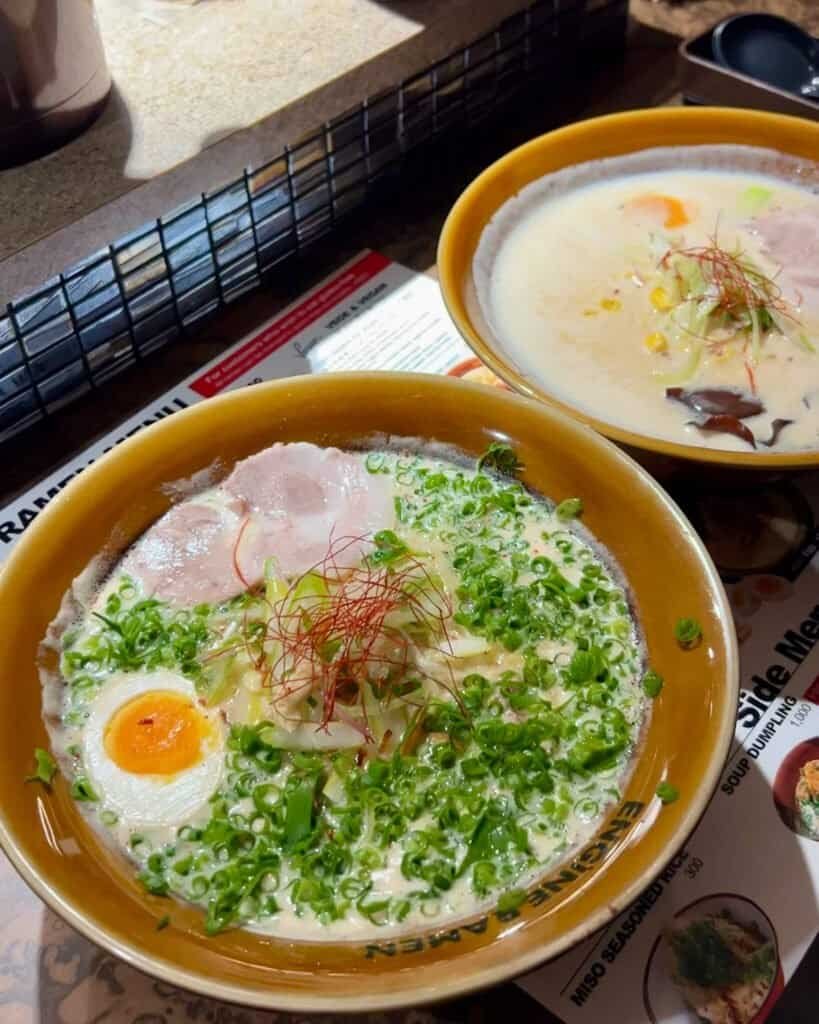
Chao Chao Gyoza Sanjo Kiyamachi
Chao Chao Gyoza Sanjo serves up some of the best gyoza in Kyoto—hands down. I had such a great experience eating here. The staff are super friendly, the vibe is relaxed, and the service is fast.
It’s a popular spot, so expect a bit of a wait during dinner hours. We waited around 30 minutes to get in, but honestly, it was worth it. If the line feels too long, don’t worry—they also offer takeout, so you can still get your gyoza fix on the go.
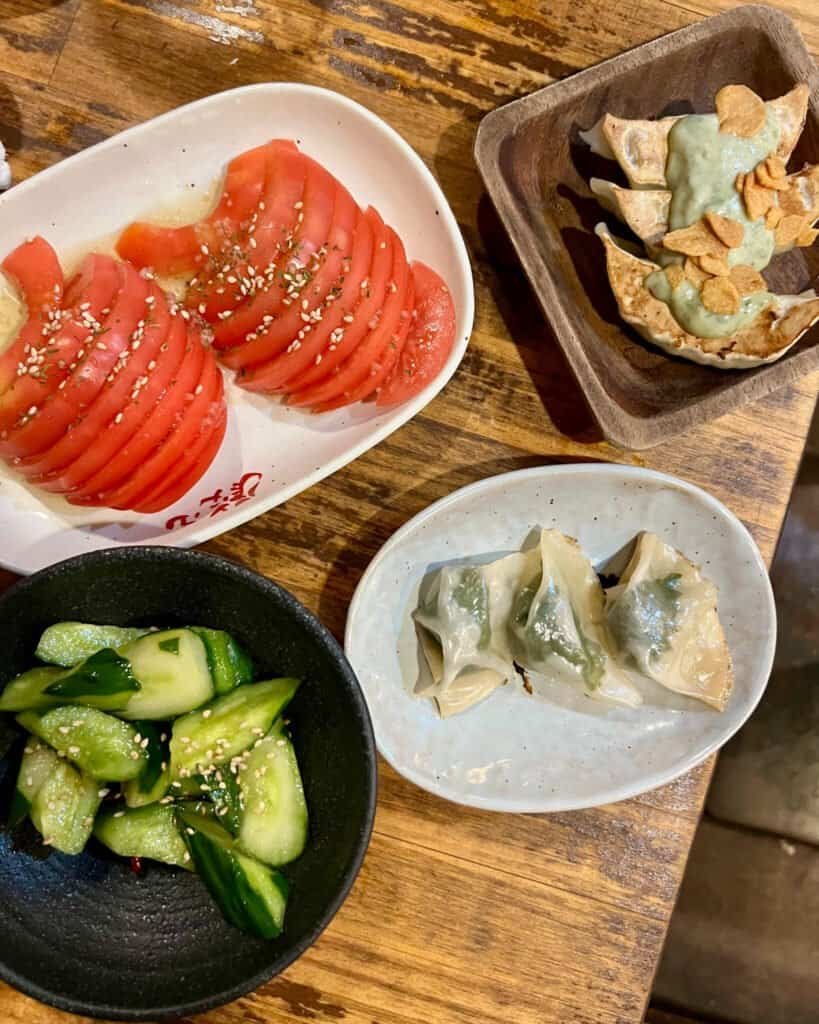
How to beat the crowds in Kyoto
Kyoto is popular, and it will be a challenge to avoid the crowds, especially because of the tour buses that roll in from Osaka around 10 AM. They do leave at the end of the afternoon, but it will still be busy.
The best thing to do is to arrive just after sunrise or in the evening at the sights you want to experience without the massive crowds. But between that time, all you can do is go with it. It’s a part of Japan you can’t avoid.
The streets of Sannenzaka and Ninenzaka are crowded pretty much the entire day. I’ll be honest, it’s not my favourite thing about Japan, but it is what it is.
Plan your trip
With my online resources
Use my travel planning roadmap with all my digital resources to book every detail of your trip!
Ready for your one-day itinerary in Kyoto?
One day in Kyoto is worth it even if you’re short on time. This 24-hour itinerary is perfect to catch the highlights.
Kyoto will always have a special place in my heart. I loved walking around in the city and easily hit 25000 steps a day. The city is traditional, walkable and has many great food options.
Don’t forget to check out the crowd congestion from the Kyoto City Tourism website before you go. Before you go, also check out this guide on manners and etiquette in Japan. Japan is a fantastic country with a culture where respect is deep-rooted (something we can learn from in Western countries).
What to read next for your Kyoto adventure?
- The Ultimate 2-Day Itinerary To Kyoto For First-Time Travellers
- Don’t Miss These Fantastic Boutique Hotels in Kyoto for A Unique Trip
- The Ultimate Solo Female Travel Guide To Kyoto
As always, let me know how you’re getting on and if you have questions, leave me a comment below or on my latest Instagram post!




